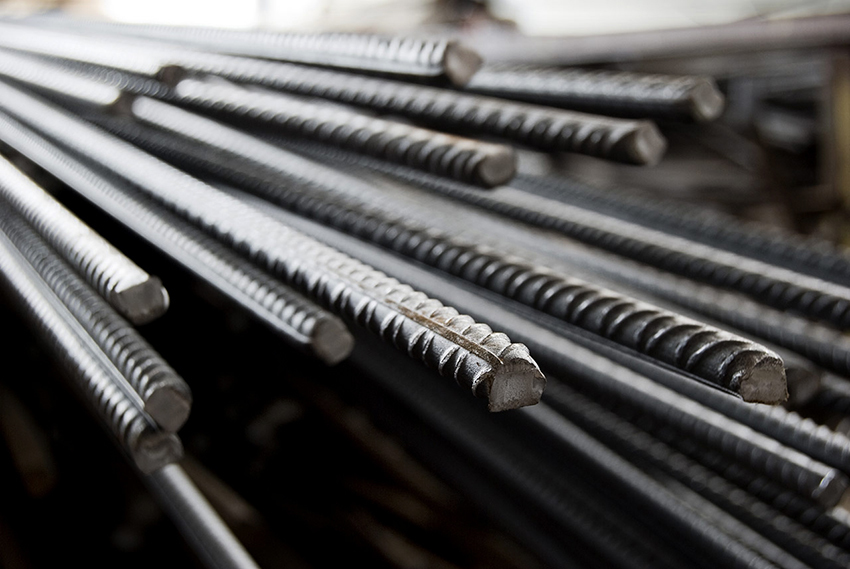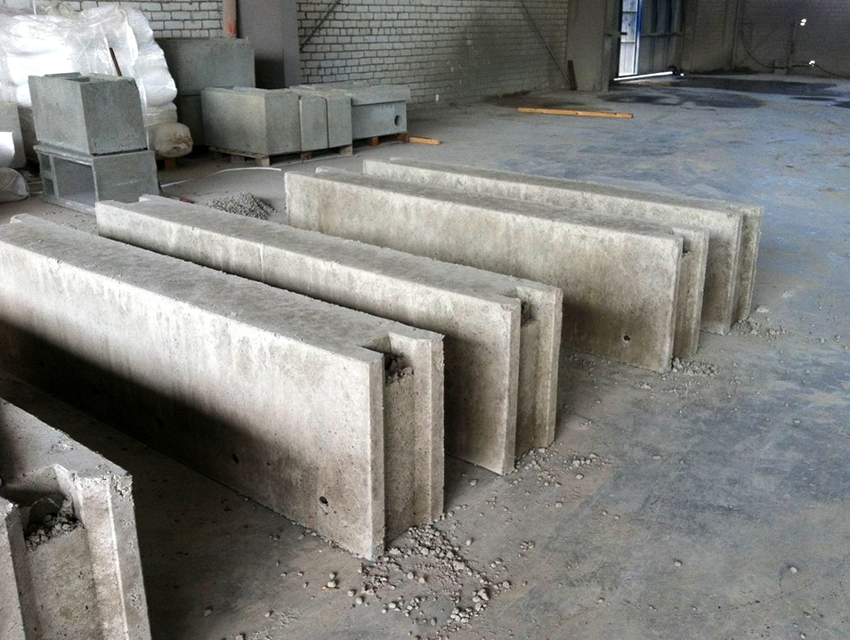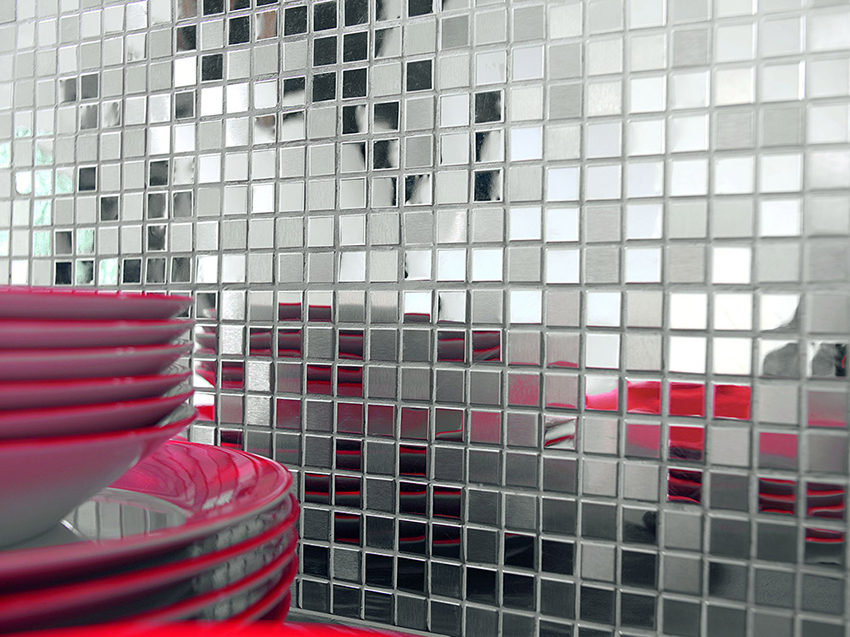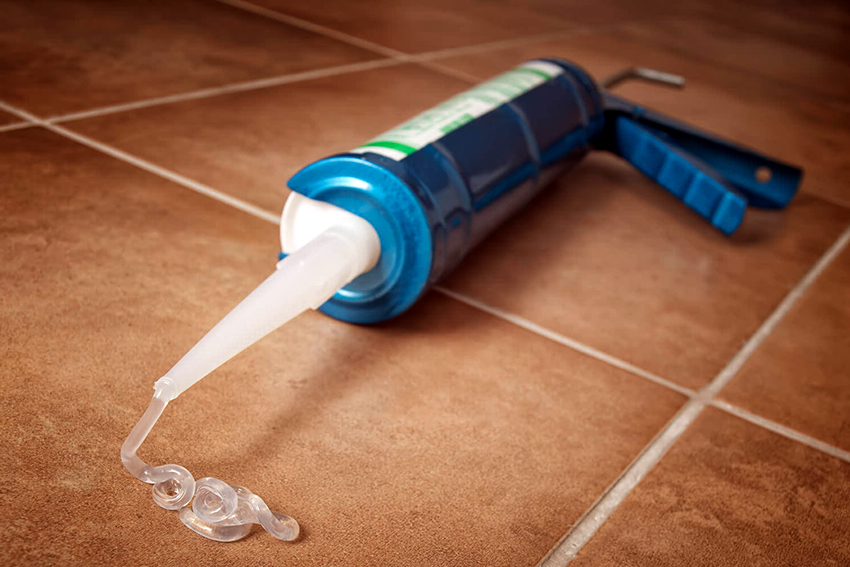SHARE
in social networks
Being in a high-rise building, on the deck of the ship, on board the ship, few estimates the strength of the structure - the comfort. But without the metal substrate in the form of a frame, sheets, channels, fittings, these designs simply would not exist. Do without products from the treated metal and at home: roofing, communications pipe, grating, etc.. Assortment of metal abundant and varied. About how to choose the products of the desired size, and will be discussed in the article.

Assortment of metal - a list of products, classified by type
Content
- 1 Determination of rolled metal: metal gauge that includes
- 2 Specifications and features of tubular products
-
3 and manufacturing process gauge sheet steel
- 3.1 A variety of types and forms of Metals and metal products
- 3.2 Armature A400 and A500S: general characteristics and differences
- 3.3 I beam (I-beams) welded and hot-rolled
-
4 weight metal table: what it is and how to use them
- 4.1 Table ferrous metals weight: volume weight steel
- 4.2 weight of metal Table: mass of steel reinforcement
- 4.3 weight of metal Table: I-beam
- 5 As no online calculator to calculate the weight of the metal
- 6 Assortment of metal: how to choose metal products
Determination of rolled metal: metal gauge that includes
The word "gauge" is of French origin. However, some sound is distorted (fr. - assortir), but the essence is identical: select, sort. Consequently, the product mix - a list of any of the selected products, united by species, species. Most often the concept is used in the metallurgical industry to refer collectively rolled metal products. To understand how a assortment of hardware, you need to understand the question, what is the metal.

The range of metal is formed on three indicators: the size, shape and characteristics of the section
The metal passes through the rollers on a special device (mill) and acquires a certain size and shape. This process is called rolling. There are three ways of rolling:
- hot;
- warm;
- cold.
They vary depending on the presence and degree of thermal effects on the metal. There are several types of rolling mills: pipe-, leafy, crimping, for particular types of rolled billet.
Based on the above, it is possible to define the mix of rolled metal. Assortment of metal - is a list of rolled sections, which contains a description of their qualities and sizes. In the formation of the range are taken into account three factors:

Assortment is divided into three main groups: rolled and packed rolled, sheet and tubular products
- sectional shape (profile);
- size;
- chemical and physical characteristics.
Account for three main groups of assortment of rolled products:
- rolled sheets;
- Metals and metal products;
- tubular products.
To compile information about the kinds of products and their characteristics produce rolled metal guides. It is in these consumer can get acquainted with the full list of products and their qualities, select the desired option.

To get acquainted with the entire list of products is necessary to study of metal guide
Specifications and features of tubular products
Pipe - a fairly common category of the rolled products. Main characteristics of these products:
- total length;
- wall thickness;
- inner and outer diameters;
- type of material;
- preparation method.
Most of tubular products having a circular cross section, but also produce square and flat tubes. production of several ways:
- rolling;
- pressing;
- casting;
- welding.

The main portion of the metal tubular products having a circular cross section
Depending on the characteristics of the pipe manufacturing process are seamless and welded. Seamless used for conveying gases and liquids, under pressure above 1 MPa. The welded pipe is created by folding strip (rolling lines), overlapping the butt method and lapped and welded seam. These products are used to navigate within gases and liquids with low pressure. to pipe production requirements are governed by the following documents:
- GOST 10705-80 - Electrically pipe;
- GOST 10704-91 - welded products;
- GOST 8732-78 - seamless pipe;
- GOST 3262-75 (TU) - water pipeline;
- GOST 8645-68 - rectangular profile;
- GOST 8639-82 - square profile.
tubes used in the oil and gas industry, in mechanical engineering, construction. They are used for laying various pipes, for the manufacture of industrial containers and vessels.
and manufacturing process gauge sheet steel
These products are manufactured by rolling. Is supplied as individual sheets or in rolls. The edge of this product may be cut off, and can retain the shape acquired after treatment. The separation of the product into types based on the following characteristics:

Steel sheet produced by the method of rolling, supplied in rolls or sheets
- rolling method;
- rolling accuracy;
- surface quality;
- sheet thickness;
- the degree of stretching.
steel sheets produced cold-rolled way. The accuracy of the product is of two types - normal and higher strength. The degree of stretching is divided into normal and deep. The thickness of the sheets varies from 2 to 5 mm. The surface may be corrugated, fluted or smooth.
Regulatory government documents:
- GOST 19903-74 - gauge hot rolled metal sheet;
- GOST 19904-90 - gauge cold rolled sheet;
- GOST 16523-97 - technical conditions.

Sheet steel may be normal or elevated strength
Sheet metal is actively used in the engineering, construction. It is used for welding structures, plating, manufacture of casings, sarcophagi. It may be used as blanks for other products (household appliances, instruments and so on. D.)
A variety of types and forms of Metals and metal products
Profiled metal - a standardized product. According to GOST 535-2005 feature of this product lies in the fact that the diameter of the metal is one of the geometric shapes: square, hexagon, rectangle or circle. Characteristics that define the assortment:
- profile form;
- its dimensions;
- a method of metal treatment.
Depending on the form of long products is divided into the following types:
- simple;
- shaped;
- special.

High-quality products depending on the form can be simple, specific and packaged
For simple forms include:
- Circle - hot-rolled with a round profile, which is used for production of reinforcement wires, lattices, decorative elements, monolithic structures. It is regulated by the provisions of GOST 5751-82.
- Square - hot-rolled with a square profile. Is small and large, is used in various industries for welded structures. Produced in accordance with the GOST 2591-88.
- Hexagon. Used as blanks for the manufacture of other products, such as bolts.
- Stripe - sheet of high strength, used for concrete products, in mechanical engineering.

Channels have a U-shape and are packed products
Products related to the product contoured shape - this channel and joists. The beams have a beam shape. They are used in construction, where it is necessary to make a solid frame. Channels - U-shaped product, characterized by rounded corners. Used to create the overlap.
Special forms of rental - a wheel and round fittings. Wheels are used in mechanical engineering, steel framework is used to enhance the designs.
Armature A400 and A500S: general characteristics and differences
One variety of metal products used in various industrial applications, - fitting. It is a metal rod of circular cross section with a ribbed surface. Releasing the product in the form of segments of a certain length or bays. There are also valves with a smooth surface.

Reinforcement is smooth and ribbed surface, produced in the form of individual segments in the bay or
GOST 5781-82 regulates the rebar specifications. GOST 10884-94 is designed for rebar reinforced. The main application - building. This type of metal is used for the reinforcement of concrete products and creating wireframes. Full assortment of fittings is divided into classes VI. The most popular types of products (A400 and A500S) belong to the class A III. Reinforcement has a profile with two ribs and transverse protrusion.
Largely fittings characteristics A400 and A500S are identical, which determines their belonging to the same class. But the differences in the chemical composition, namely fewer and more carbon - dopants, gives A500S mean greater flexibility, which promotes the formation of more durable seam using arc welding. Letter "C" indicates the possibility of using this type of welding.
Related article:
Range of parts in standard documentation: State Standards, Product Features
What are the guests? Varieties of steel angles: equal and unequal. Popular products sizes. Weight of steel parts.
In building more likely to use reinforcement I-IV classes. For the base diameter of the metal should be at least 10 mm. In mine building, reinforcement of bridges, underground structures using the product V-VI classes. The class table contains an assortment A500S reinforcement for reinforcing concrete structures.
Important! When A400 replaced with brand A500S by allowing the use of electric arc welding and improve the quality of joints decreases and increases valve flow strength concrete structure.

Armature A400 and A500S belongs to the same class, so most of the characteristics they have the same
I beam (I-beams) welded and hot-rolled
I beam refers to the variety of metal products. It has a H-shaped profile, direct and inclined faces positions. Products with straight faces are divided into types:
- normal (N);
- wide-(W);
- tower (K).
Columns I-beam is characterized by thick and strong edges and ridges, so often used to support columns in the construction of bridges, decorative facades of buildings, and so on. D. GOST beams made of carbon and low carbon steel regulated by the following indicators:
- GOST 8239-89 - Design and dimensions;
- GOST 535-88 and GOST 19281-89 - technical conditions.
Special beams are controlled by regulatory documents:
- GOST 19425-74 - design and sizes;
- GOST 535-88 - specifications.

I-beam produced hot rolled manner and by welding
Assortment of column I-beams reflects the following characteristics of this type of beams:
- manufacturing material - the steel grade;
- indicators of strength and mechanical properties;
- size;
- heat treatment method;
- accuracy class type (A - elevated; B - normal).
One of the most popular forms of this metal - I-beam 20. In two ways: hot rolled and by welding.
Important!Welded I-beam economically advantageous: it has a small rates (due to the nature of manufacturing techniques), and high performance.

I-joists, made by welding, it has a high technical performance
Sizes of the beam 20:
- height (max) - 200 mm;
- -100 mm width;
- wall thickness profile - 5.2 mm;
- Jumper thickness - 8.4 mm;
- weight per unit length 1 m - 21,04 kg.
The position of the faces of the beam 20 may be direct or oblique. This product is widely applied in construction for the construction of building frames.
weight metal table: what it is and how to use them
In the procurement of metal products for industrial or personal use is necessary to determine its amount. calculation process is performed on the basis of data that can be obtained from the metal of tables. Tables representing an assortment of different types of products in various characteristics (weight, shape, density, and so on. d.), are collected in handbooks of metal of metal science textbooks and other specialized literature.

Table weight metal welded pipes
In addition to the printed versions of publications, there are electronic online tables as well as a computer program "Calculator rolled metal ", with which you can make your own calculation of the required number of items, specify the source indicators.
This version of the calculation more affordable, it does not require an additional search, it is always at hand. Spreadsheets include not only weight, but also the technical specifications in accordance with GOST. They are easy to use by the fact that to them is almost always attached a photographic image of the product, thereby eliminating an error in the choice of products.
Important! When purchasing rolled metal product be sure to calculate the theoretical weight to be able to compare it with the result of a practical weighing. This is necessary not only to check the seller integrity, but also to ensure that the product manufacturing technology is not compromised.
Table ferrous metals weight: volume weight steel
The most commonly used raw material for the rolled metal - steel. This alloy of iron with carbon and other chemical elements. The amount of carbon should not exceed 2.14%. This alloy is divided into grades, which, in turn, characterized by its composition, physical and mechanical properties. The chemical structure steel is divided into two types:

Steel subdivided into marks that are different composition and properties
- alloyed:
- carbon.
Alloy steel consists of iron and carbon. The carbon, depending on the brand, adds sulfur, phosphorus, manganese, copper and other substances affecting the physical and mechanical properties. One of the most important characteristics of steel - specific (volumetric) weight (these values have become equal). Specialists involved in the processing of metals, must know the figure. This value is determined by the weight ratio of the homogeneous material of the body to its volume. The tables show values of specific gravity 1m² common steel grades in g / cm³.
Important!steel grades has over 1500. For complete information about the sort of interest can be found in directories of metal.

Steel grades there are more than 1,500 species, it is the structure - alloy and carbon
One widely popular brands is steel 20. Absence of a significant amount of its alloying elements simplifies the manufacturing process and, consequently, decreases the cost. Main characteristics of the class are:
- Hardness - this figure is maintained at the level of 163 MPa. This defines the high wear resistance of articles made of this metal.
- The density of the steel 20 - 7859 kg / m³.
- The strength and fluidity. These criteria depend on the presence or absence of the heat treatment process.
- Thermal conductivity. The material has an average coefficient of thermal conductivity: heated rapidly and removes heat.
Steel 20 used for the manufacture of high pressure pipes, fittings, profiles of different cross section shapes. This metal past chemical-thermal processing used to produce products requiring high strength.
weight of metal Table: mass of steel reinforcement
Weight of reinforcement - the value is very important and necessary for settlements concreting process. Knowing the weight of 1 m of reinforcement, we can determine how much of the metal is required for a particular volume of concrete, that is, to find out the concreting rate. So when buying calculate how much weight valves, it is necessary to summarize the overall length of the bars and multiplied by the specific weight, that is, the mass per unit length of 1 m. Tables 1 shows the weight m of reinforcement according to the diameter.

Table gauge steel reinforcement for determining weight
We calculate the weight of the valve 8 mm, using the data table. Part of the necessary procurement rods 15 by 6 meters calculate the total number of meters:.. X 15 6 = 90 m As shown in table weight per unit length 1 m armature 8 mm in diameter equal to 0.395 kg / m. 0.395 x 90 = 35.55 kg. Quite simply calculated and the number of meters in a ton: it is necessary to divide the weight of 1000 kg at 1 m reinforcement.
weight of metal Table: I-beam
Functionality of I-beams - hold, to ensure the strength of large building structures - places high demands on the correctness of calculations. The first value, you need to know, from the design of the structure, - the weight of the beam. Calculate the required amount of the metal based on the weight per unit length of 1 m will help the following table:
- Weight per unit length 1 m I-beam with an inclined position faces (GOST 8239-89).
- Weight per unit length 1 m of the beam normal to the parallel faces (GOST 26020-83).
- Weight per unit length 1 m wide-beam with parallel faces (GOST 26020-83).
- Weight 1 m column overhead beam with parallel faces (GOST 26020-83).
- Weight normal beam (STO AISU 20-93).
- Weight wide-beam (STO AISU 20-93).
- Weight beam column (SRT AISU 20-93).
As no online calculator to calculate the weight of the metal
Sometimes there are situations when it is necessary to make a rough calculation of the weight of the metal, without resorting to the online help, using the telephone and the calculator tape. To calculate the weight of the product, you need to multiply the proportion by volume. Determination of the specific gravity does not cause problems. It is more difficult to find out the volume. In this case, you need to take as a basis the principle Gulden: cross-sectional area multiplied by the height. These values can be determined by direct measurement.

In order to calculate the weight of the product is necessary to multiply its volume by the specific weight
The formula for calculating the weight of the most popular products of metal.
Calculation of the weight of the pipe - M = (D - s) * s * 0,02466:
- M - weight of one meter of pipe in kg;
- D - outside diameter of the pipe calculated, mm;
- s - pipe wall thickness, mm;
- 0.02466 - coefficient density became 7.850 g / cm³.
Calculation of weight metal sheet - M = S * 7,85:
- M - mass of the steel sheet, kg;
- S - Calculated leaf area, m²;
- 7.85 - weight of sheet 1 mm thick and an area of 1 m² kg.

Calculate the weight of the metal tube can be according to the formula: M = (D - s) * s * 0,02466
Calculating the weight of reinforcement - M = (0,02466 * D²) / 4:
- M - mass of 1 meter fittingsKg;
- D - the diameter of a circle, mm;
- 0.02466 - coefficient density became 7.850 g / cm².
Important! The calculation of this formula gives more accurate results than a special online calculator, since the values are rounded off in the second case.
Assortment of metal: how to choose metal products
The number of enterprises engaged in production of metal, fairly large. Products are in demand, not only industry, but also individuals. Therefore, the issue of quality is quite relevant. The suggested tips can help with the purchase of metal products:

On the product must be free of rust, chipping, welding marks and cracks
- A careful study of this product market will determine a company you trust. It is necessary to pay attention to the duration of the company's existence, ample supply regions, the range of products and reviews.
- The quality of purchased products must be documented. If the characteristics of a voiced or there is only a descriptive variant of the acquisition of such a product should be abandoned.
- Be visually inspected. Rust, cracks, weld traces indicates serious deficiencies which may be associated with impaired rolled metal manufacturing techniques.
- The important point, which characterizes the level of the enterprise, - product packaging and delivery. Negligence, lack of additional services should be alerted. Therefore, you need to carefully look at the trading firm.

Acquire best metal from trusted manufacturers
Purchase of rolled metal products - the process responsible and quite troublesome. In chemical-technical criteria to be sure, and quantitative indicators should be calculated, in order to know how much product to buy and how to transport it.



